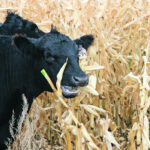
Stories by Freelance writer

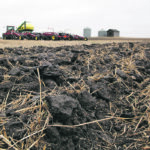
Livestock antibiotics may disrupt soil microbes
Researchers find that the effects of livestock antibiotics as well as heat caused by climate change can harm soil health
Soils are home to complex diversity of microbe communities that provide nutrients to plants, trap carbon, and hold water. But soil health is subjected to stresses, including the effects of heat from climate change. When heat is combined with other stresses in the soil, such as livestock antibiotics, the impact can disrupt microbial communities. As […] Read more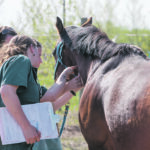
Barn biosecurity key with strangles
Bacteria can live on objects that have come into contact with an infected horse, such as feed buckets and bridles
SASKATOON — Horse owners near Saskatoon are urged to keep a lookout for equine strangles following recent cases of the highly contagious disease. Strangles is a bacterial infection of the upper respiratory tract in horses caused by Streptococcus equi subspecies equi (S. equi). As the slightly sinister name suggests, symptoms relate to abnormal breathing and […] Read more
Bull’s-eye pattern useful to sunflowers
The molecule responsible for the pattern not only helps attract pollinators but also protects plants from drought
Sunflowers are loved for their size and colourful, irresistible flowers, and it is widely recognized that the bright yellow petals attract pollinators. But within the densely packed arrangement of the petals is an ultraviolet bull’s-eye pattern that, while invisible to humans, is highly visible to some insects and especially bees, drawing them in for their […] Read more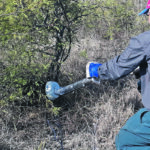
Herbicide capsules offer woody weed control
Researchers say the system has proven to be safer, cleaner and just as effective as conventional manual herbicide sprays
Herbicide delivery is normally achieved by spraying, but now researchers at Australia’s University of Queensland have developed a system that uses herbicide-filled capsules drilled into the stems of woody weeds. The system has proven to be safer, cleaner and just as effective as conventional manual herbicide sprays without the threat of negative health impacts on […] Read more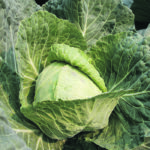
Plants have ability to rapidly trigger disease defences
Metabolite levels are low under healthy conditions, but their production is quickly turned on when the plant is attacked
To combat harmful bacteria and fungi, plants rely on an arsenal of chemicals and compounds that they pull into play at a moment’s notice. New research from Carnegie Institution for Science in Stanford, California, has shown how production of a plant’s defence compound called camalexin is activated at the genetic level. Kangmei Zhao, postdoctoral fellow […] Read more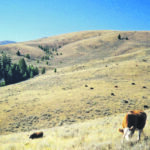
Making the case for livestock grazing
Prof says those who argue rangeland is too fragile for livestock forget it supported millions of animals before settlement
Grass and grazing animals evolved together in North America, where bison, pronghorns and elk grazed the plains while elk, deer, bighorn sheep, mountain goats and Wood bison grazed more rugged and mountainous regions. Given that natural history, a grazing expert with Utah State University says he is disappointed by those who think livestock grazing is […] Read more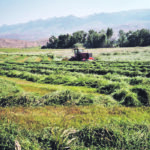
Rake-bunched hay a winter option
Raking windrows into numerous piles can keep cattle grazing longer but the piles must be big enough to find in the snow
Rake-bunched hay is one option to reduce winter cattle feed costs, which are generally the most expensive aspect of owning cattle. If cattle can graze longer and feed themselves in the field, they also tend to stay healthier, says David Bohnert, beef extension specialist with Oregon State University. Rake bunching involves raking windrows into numerous […] Read more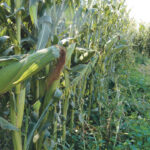
Intercropping study takes a look at corn
